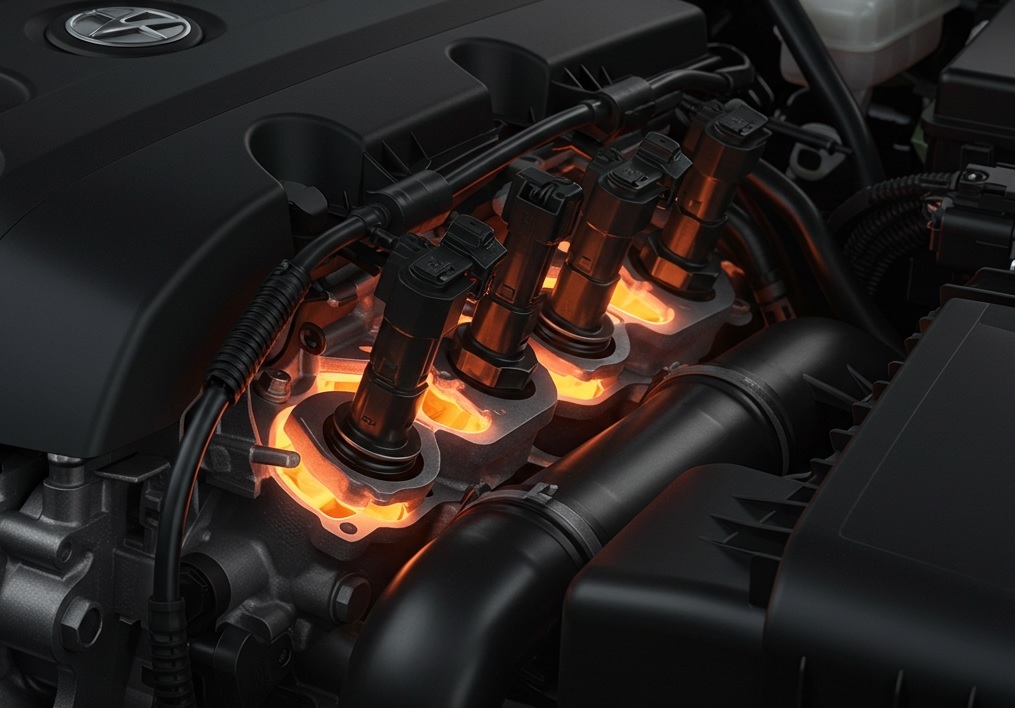
Ever stood at the gas pump, scratching your head over the octane options? 🤔 If you’ve cruised through high-altitude spots like Colorado, you’ve likely encountered the mysterious 85-octane fuel. But is it a friend or foe to your engine? And should you ditch the common 87-octane for this cheaper alternative?
These questions have sparked heated debates among drivers and experts alike. While 85-octane is readily available in some regions, its compatibility with modern vehicles is under scrutiny. Choosing between 85 and 87 octane isn’t just about saving a few bucks; it’s about your engine’s health, fuel efficiency, and even our planet. As savvy drivers, understanding the implications of our fuel choices is paramount.
Understanding 85-Octane Fuel: A High-Altitude Phenomenon
85-octane fuel is a lower-grade gasoline primarily used in high-altitude areas and It’s very common in places like Wyoming due to reduced atmospheric pressure, which affects combustion efficiency.
This fuel is less resistant to engine knocking than higher octane grades. While it might have suited older carbureted engines at high elevations, it’s less ideal for modern vehicles with advanced electronic systems. Let’s see how it stacks up against the more common fuel grades.

It’s impact on vehicles
- Importance of following manufacturer recommendations: Your car’s manual isn’t just a suggestion box; it’s a rulebook.
- Impact on modern engines (post-1984): Modern engines, especially those built after 1984, have specific fuel requirements.
- Potential issues with using incorrect octane rating: Using 85-octane in vehicles not designed for it can lead to performance issues over time.
Manufacturers’ recommendations should be followed closely, as newer engines operate within tighter tolerances and are less forgiving of lower-quality fuel.
Incorrect octane can result in:
- Reduced engine efficiency
- Increased wear on components
- Potential long-term damage
Effects on Engine Performance: “Knock, Knock” Trouble’s Coming
Now that we’ve covered vehicle requirements and performance, let’s examine the effects of 85-octane fuel on engine performance:
- Risk of pre-ignition: Using 85-octane fuel in modern vehicles designed for higher octane ratings can lead to pre-ignition or knocking. This inefficient combustion can result in:
- Reduced engine performance
- Potential engine damage
- Increased emissions
- Fuel efficiency concerns: Lower octane fuel can decrease fuel efficiency as energy is wasted during combustion. This inefficiency can lead to more frequent refueling and higher overall costs.
- Overall impact on vehicle operation: While 85-octane might not cause immediate damage, it can compromise engine performance over time, potentially voiding warranties if the manufacturer specifies a higher octane requirement.

Factors Influencing Fuel Choice: Price vs. Performance
Having examined the effects on engine performance, we now turn to factors influencing fuel choice. Consumer preferences and pricing play a significant role in the prevalence of 85-octane fuel, especially in high-altitude regions. Despite concerns about efficiency and performance, many drivers opt for 85-octane due to:
- Lower cost compared to higher-octane options
- Availability in specific markets
- Perception of adequate performance at high altitudes
This trend persists even as experts advise adhering to manufacturer recommendations for optimal vehicle operation.
Making the Right Decision for Your Vehicle: The Smart Choice
Consulting your car’s manual: It provides crucial information about the recommended octane rating for your engine. Most vehicles are designed for 87 octane (regular unleaded), while high-performance engines may require premium fuel. Following manufacturer recommendations ensures optimal performance and prevents potential engine damage from using incorrect fuel grades.
Balancing performance and efficiency: When choosing fuel, consider the balance between performance and efficiency:
- Regular fuel (87 octane) suffices for most vehicles.
- Higher octane fuels may improve performance in suitable engines.
- Premium fuel can enhance fuel economy and reduce emissions in high-compression engines.
Considerations for newer vehicle models: Modern engines are equipped with sensors that can adapt to different fuel grades, reducing concerns about “pinging.” However, it’s still essential to use the recommended octane level for optimal performance and longevity. Newer models may benefit from branded fuels with engine-cleaning additives, although they come at a higher price.
Choosing the right fuel for your vehicle is crucial for optimal performance and longevity. While 85-octane gas may be available in certain high-altitude regions, it’s essential to consult your vehicle’s manual for the recommended fuel grade. Modern engines, especially those built after 1984, are designed to maintain consistent octane requirements regardless of altitude. Using a lower octane fuel than recommended can lead to reduced efficiency, performance issues, and potential engine damage.
Conclusion: The decision between 85 and 87-octane fuel should prioritize your vehicle’s specific needs. While environmental factors and pricing may influence your choice, adhering to the manufacturer’s recommendations is generally the safest and most effective approach. By making informed decisions about your fuel choice, you can ensure your vehicle runs smoothly, efficiently, and reliably for years to come.
LATEST
-
Students Cry Foul As Professor Trades Textbooks For ChatGPT
Imagine shelling out $8,000 for a college course, only to find out your professor…
-
Dark Matter Formation: Speed, Mass, and the Universe’s Secrets
What if everything we thought we knew about dark matter was wrong? While scientists…
-
Russia-Ukraine Peace Negotiations First time ever in 2025
In a historic diplomatic development, direct peace talks between Russia and Ukraine have begun…










